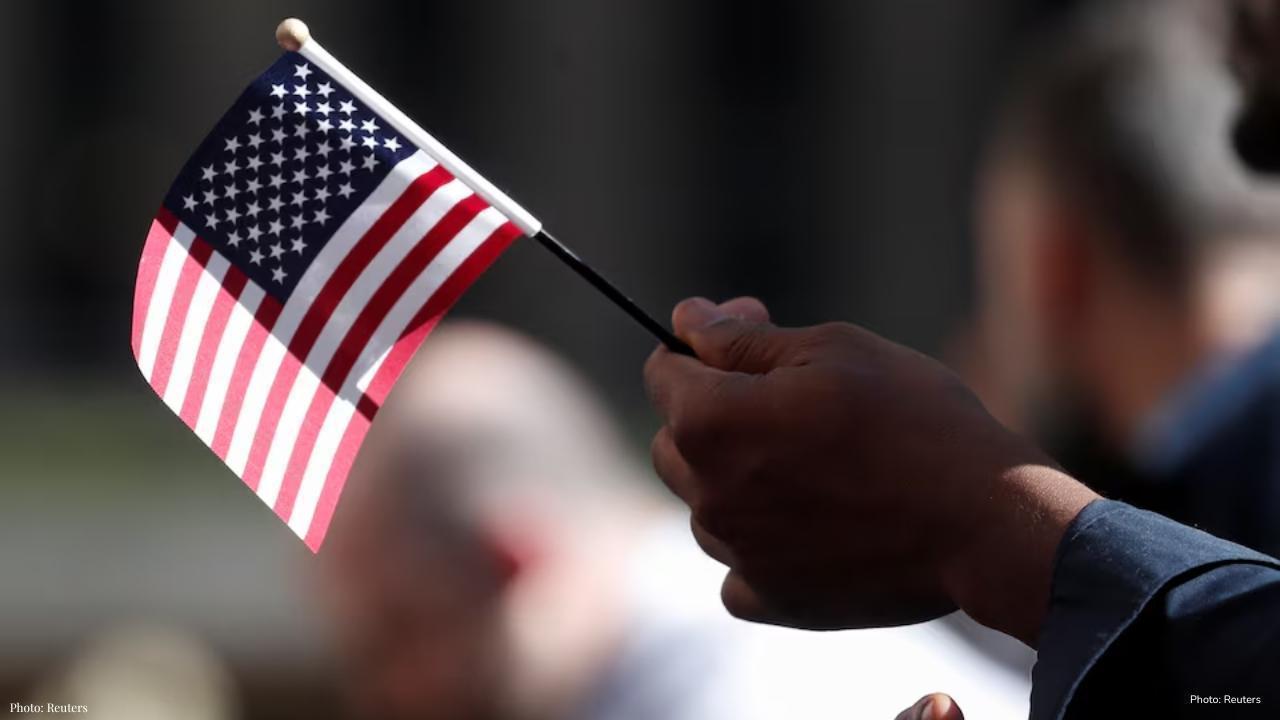
Post by : Monika
In September 2025, U.S. President Donald Trump surprised the world by considering a new immigration plan that could change how American companies hire foreign workers. The plan suggests adding a $100,000 yearly fee for every H-1B visa. This type of visa allows skilled workers from other countries, mostly engineers and tech experts, to work in the United States.
The H-1B program has been one of the most important ways American companies, especially in the technology sector, bring in international talent. Big companies like Amazon, Microsoft, Google, Meta, and Apple rely heavily on foreign engineers and scientists to stay ahead in global innovation.
But if this new fee becomes law, many worry it could make hiring foreign talent too expensive, reduce innovation, and even damage America’s position as a leader in technology. The proposal has sparked debates in business, law, and global politics.
What the Proposal Says
The Trump administration’s idea is simple but bold:
Any company that hires an H-1B worker must pay the U.S. government $100,000 each year for every visa holder.
This cost would continue for the entire period of employment. Most H-1B visas last three to six years, so one worker could cost a company $300,000 to $600,000 in extra fees.
Trump’s Commerce Secretary, Howard Lutnick, defended the idea. He argued that American companies should focus on training American graduates instead of depending too much on workers from other countries. Lutnick said, “If you’re going to train somebody, you should train a recent graduate from one of our universities.”
This shows the administration’s main goal: limit foreign hiring and push companies to employ more Americans.
The Importance of H-1B Visas
The H-1B visa program was created to help U.S. companies fill jobs that need very specific skills, especially in science, technology, engineering, and math (STEM).
Every year, about 85,000 new H-1B visas are issued, though demand is usually much higher. Most of the successful applicants come from India and China, two countries that produce a large number of software engineers and IT specialists.
For decades, H-1B visas have helped American companies grow and keep up with global competition. Many of the brightest minds working in Silicon Valley, such as engineers who develop artificial intelligence, cybersecurity systems, or new computer chips, hold H-1B visas.
Impact on Tech Companies
If the $100,000 annual fee becomes reality, the first and biggest impact will be felt by technology companies.
Amazon and its cloud division AWS alone had approvals for more than 12,000 H-1B visas in just the first half of 2025. Paying $100,000 for each of them every year would cost Amazon over $1.2 billion annually.
Microsoft, Google, and Meta each hire thousands of H-1B workers. For these companies, costs could rise by several billion dollars per year.
Smaller companies and startups may not be able to afford the extra fees at all. Many startups depend on international talent for advanced research but don’t have the financial resources of giants like Amazon.
Critics argue that if the U.S. makes it too expensive to hire foreign experts, companies might move jobs and projects overseas. This could push valuable research and innovation to countries like Canada, Germany, or Singapore, which welcome foreign talent more easily.
Concerns About Innovation
The proposal comes at a time when the global race for new technologies is fierce. Artificial intelligence, robotics, renewable energy, and biotechnology are areas where countries compete to lead.
If U.S. companies lose access to international talent, they may fall behind. Some experts warn that American leadership in artificial intelligence could weaken, as many AI researchers in the U.S. today are immigrants.
One industry analyst explained it simply: “You cannot build the future of technology if you close the doors on the best minds from around the world.”
Legal Questions About the Plan
Apart from the economic debate, there is also a legal question. Immigration lawyers point out that U.S. law only allows the government to set visa fees to cover the cost of processing applications.
The proposed $100,000 fee is not just about covering paperwork—it is a policy tool to discourage foreign hiring. Some legal experts believe this may not be allowed under current immigration law.
Aaron Reichlin-Melnick, an immigration policy expert, noted that Congress never approved such high fees. If the administration tries to push it forward without Congress, lawsuits are likely.
Global Reactions
The news of the proposal has created strong reactions worldwide, especially in countries that send many workers to the U.S.
India: Every year, Indian workers receive more than 70% of H-1B visas. India’s tech industry, which has deep ties with U.S. companies, could suffer badly. Indian workers might lose chances to work in America, and Indian outsourcing companies may also face higher costs.
China: Many Chinese scientists and engineers study in the U.S. and later stay through H-1B visas. The new policy could push them to return home, strengthening China’s own tech sector.
South Korea: The South Korean government has already said it will study the proposal’s effects on its professionals. Many South Korean engineers and researchers use the H-1B path to work in U.S. industries.
In short, the move could affect America’s relationships with important allies and trading partners.
Reactions in the U.S.
Inside the U.S., reactions are sharply divided.
Supporters of the plan: Some believe that limiting foreign workers will open more jobs for American citizens. They argue that U.S. graduates often lose out because companies prefer cheaper foreign talent. The high fee, they say, will force companies to think twice before hiring abroad.
Critics of the plan: Business groups, universities, and immigrant organizations argue that the fee is unrealistic and harmful. They say that foreign workers do not replace Americans but rather fill gaps in areas where the U.S. does not produce enough experts.
Universities are also concerned. Many international students come to the U.S. with the hope of working after graduation. If opportunities disappear, fewer students may choose American universities, reducing both income and global influence.
Possible Economic Impact
If fewer foreign workers come to the U.S., the economy could be affected in several ways:
Higher Costs for Companies: Paying billions in extra fees may increase the cost of doing business in America. Some companies may raise prices, cut jobs, or move parts of their business overseas.
Loss of Global Talent: America has long been seen as a land of opportunity for scientists, engineers, and innovators. If policies change, top talent may move to Europe, Canada, or Asia instead.
Slower Growth in Tech: With fewer skilled workers, development in fast-moving industries like artificial intelligence and biotech may slow down.
Impact on Startups: Small companies, often the most innovative, may not survive without access to affordable international talent.
Why the Trump Administration Supports It
The Trump administration has consistently focused on reducing immigration, both legal and illegal. The $100,000 fee fits into this larger strategy.
The message is clear: companies should focus on “Hire American” first. By making foreign hiring expensive, the administration hopes to push businesses to invest in training local workers.
This move also plays well with Trump’s political supporters, many of whom believe that immigration—whether legal or illegal—reduces opportunities for American citizens.
What Happens Next?
At this stage, the $100,000 fee is only a proposal. For it to become law, it must either be approved by Congress or pushed through regulatory changes. Both paths could face challenges.
President Trump’s proposal to add a $100,000 annual fee to H-1B visas has shaken the business world, worried immigrant communities, and sparked debate across the globe.
Supporters see it as a way to protect American workers and push companies to hire locally. Critics, however, warn that it could damage innovation, harm universities, weaken U.S. competitiveness, and even push jobs overseas.
Whatever the final outcome, one thing is clear: the future of America’s immigration policy will have a direct effect not just on the country’s economy, but also on its role in the global race for technology and talent.
H-1B visa
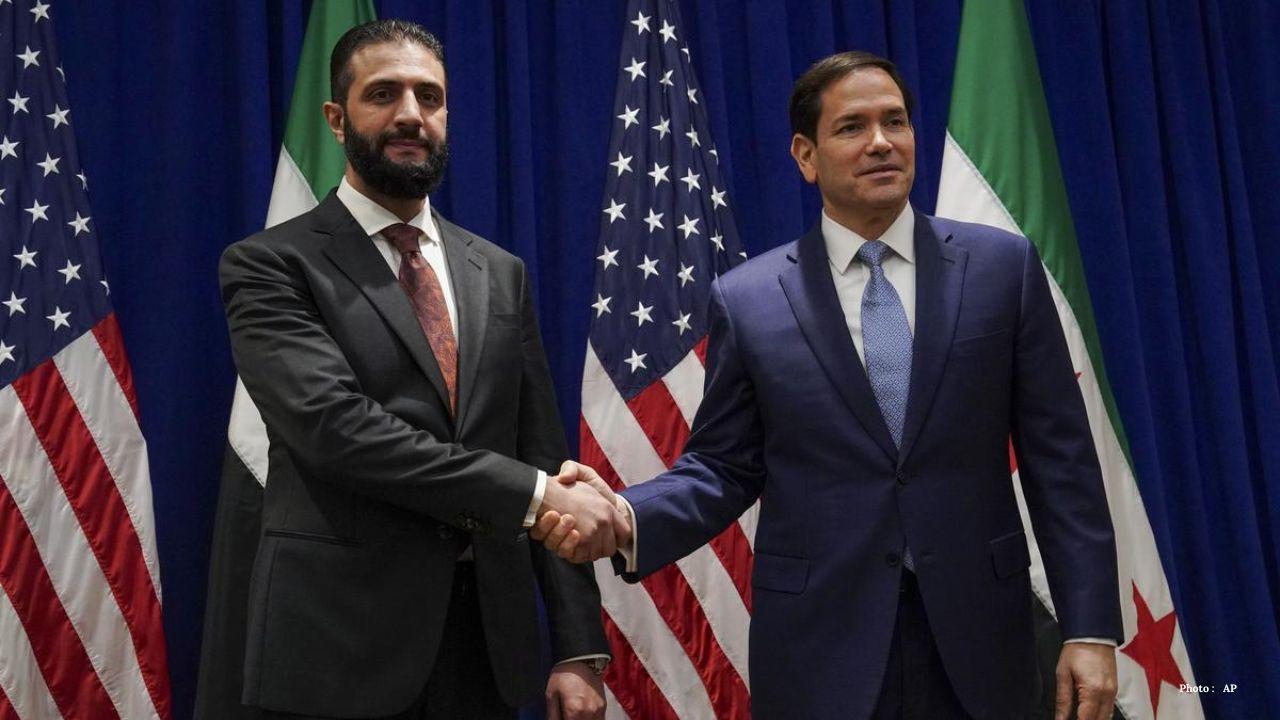
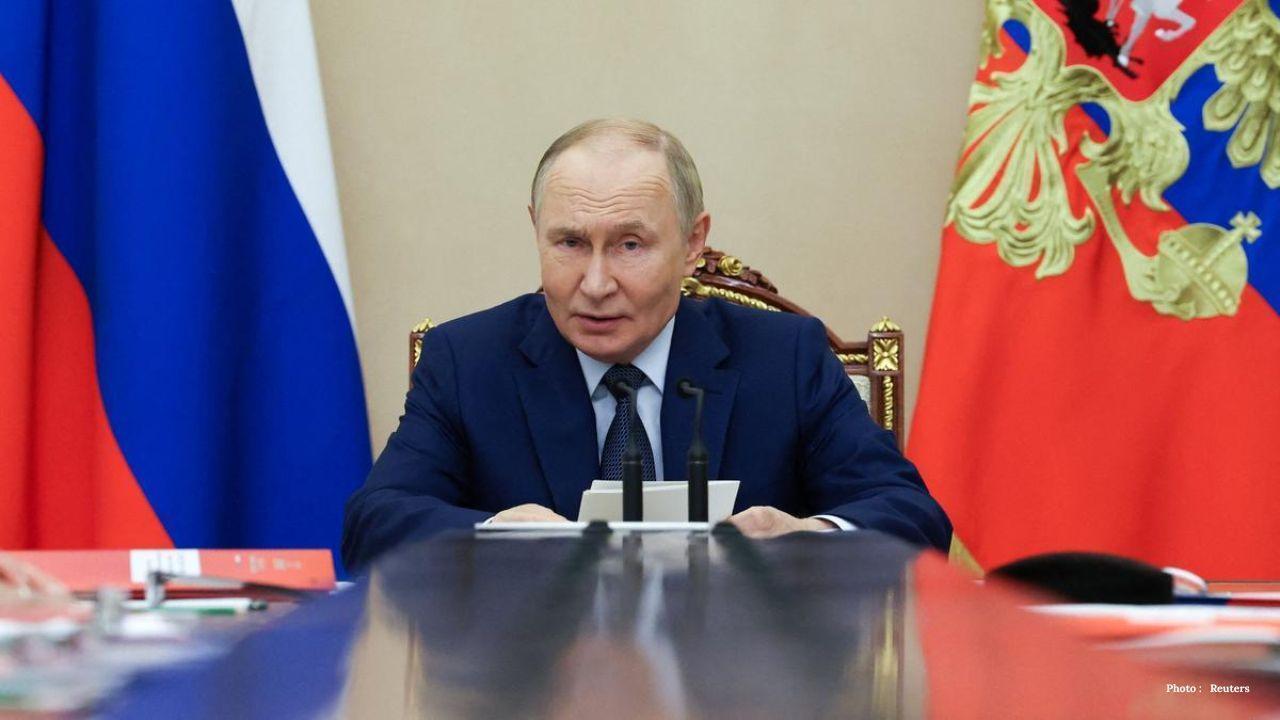
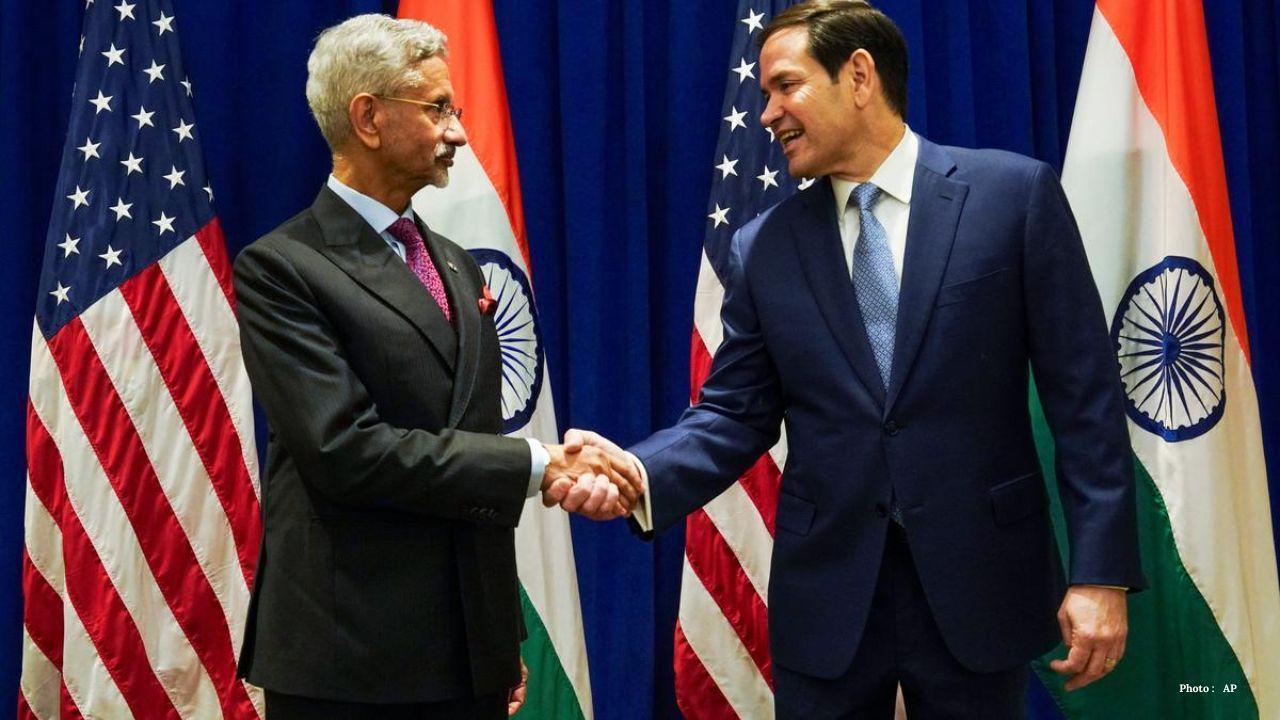
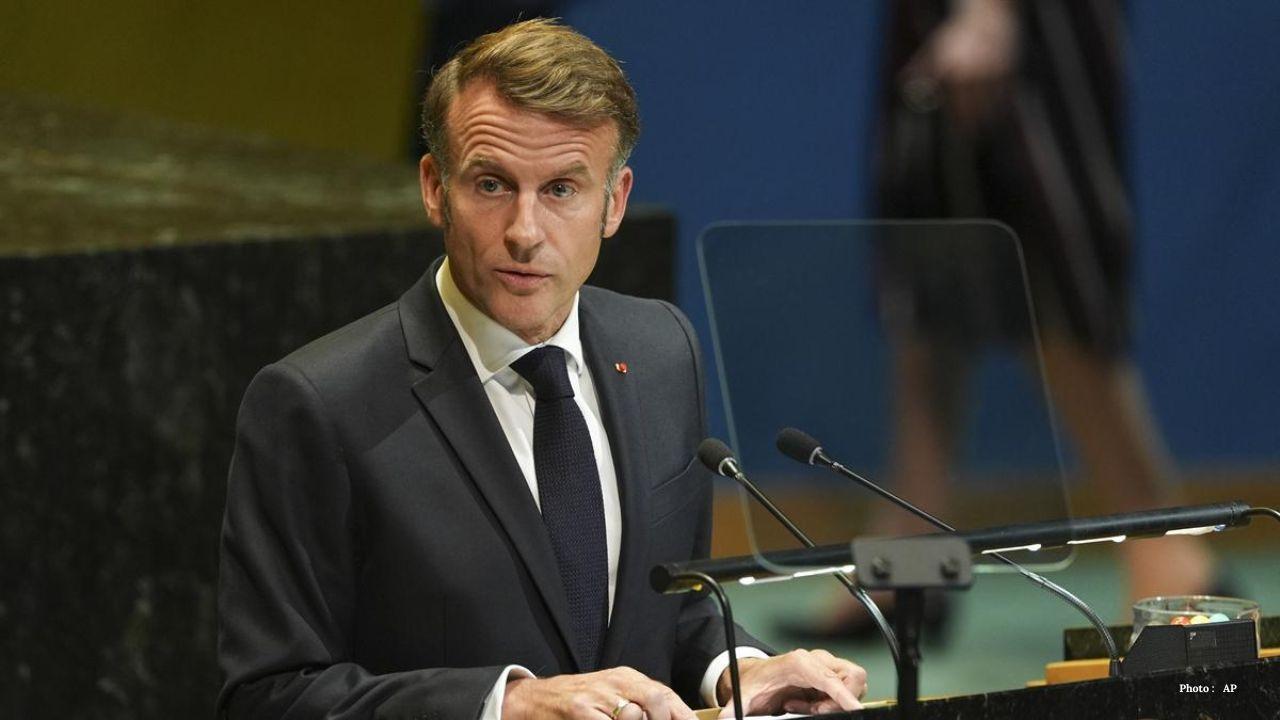
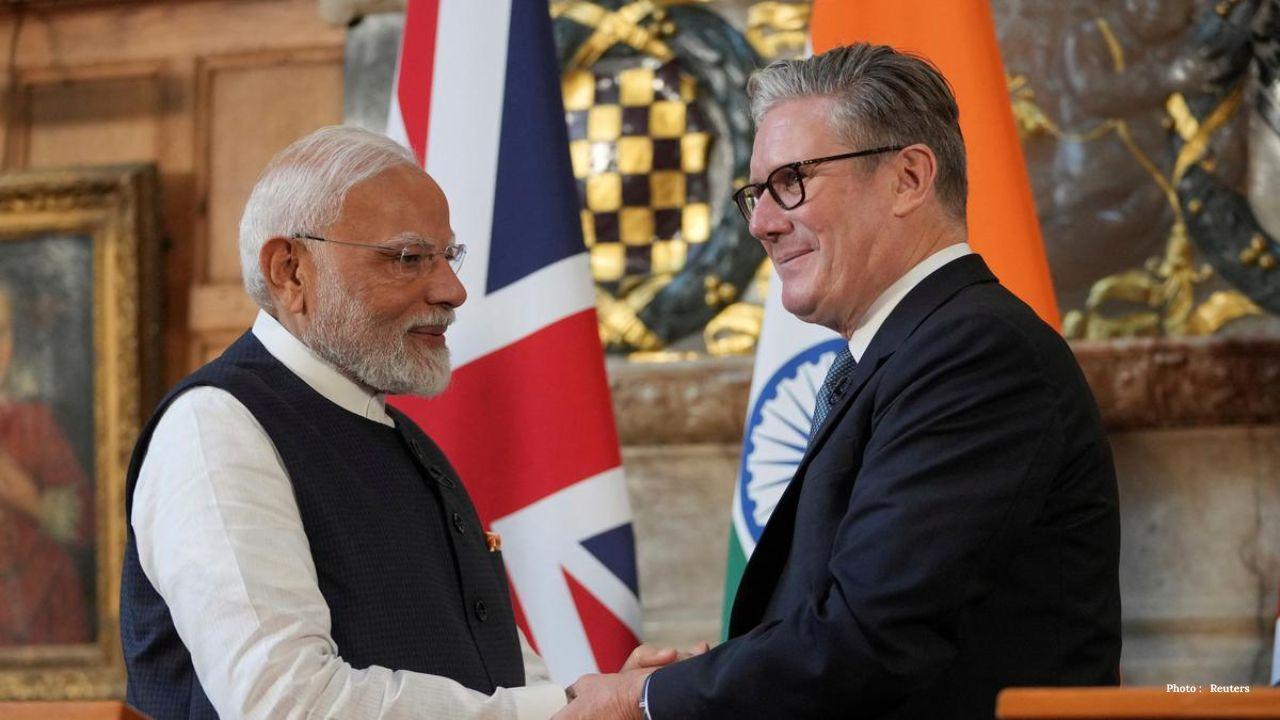
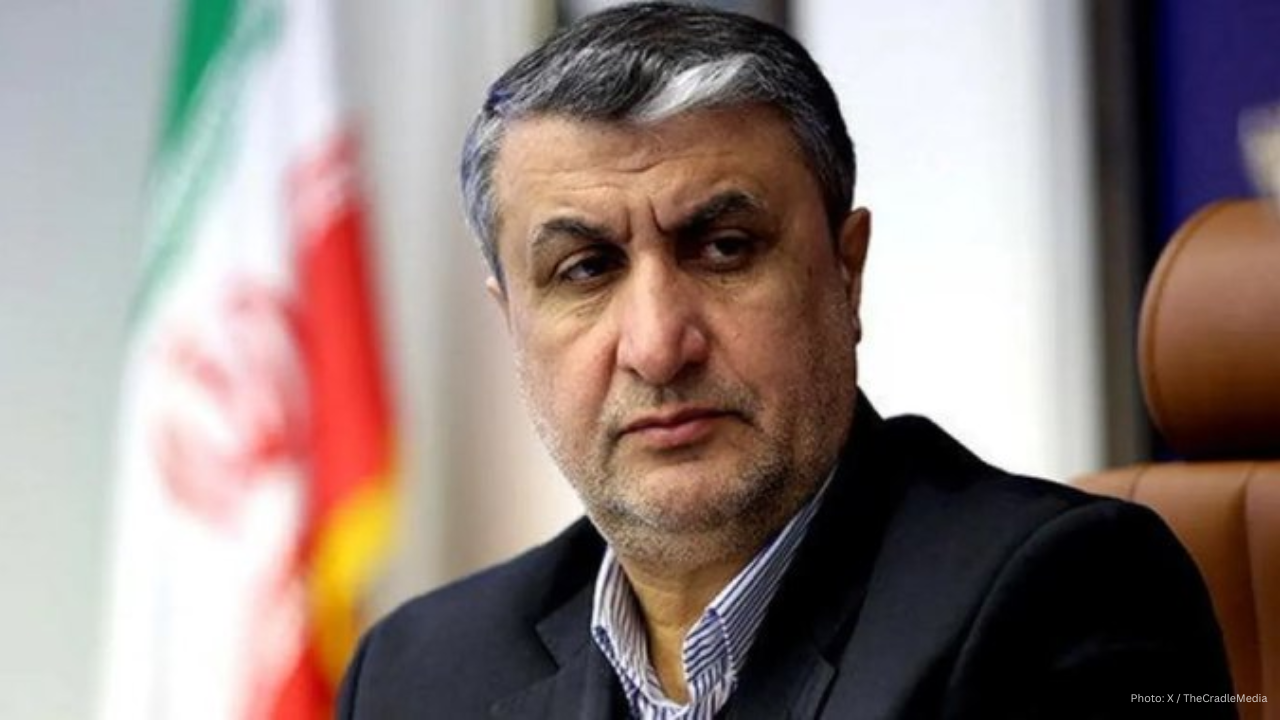




India US hold talks to fix ties strained by trade and visa issues
India’s Foreign Minister met US Secretary of State in New York to repair ties after tariffs and visa

Tabreed and Johnson Controls Partner to Launch Advanced Cooling Tech
Tabreed joins Johnson Controls to improve energy efficiency and eco-friendly district cooling in the
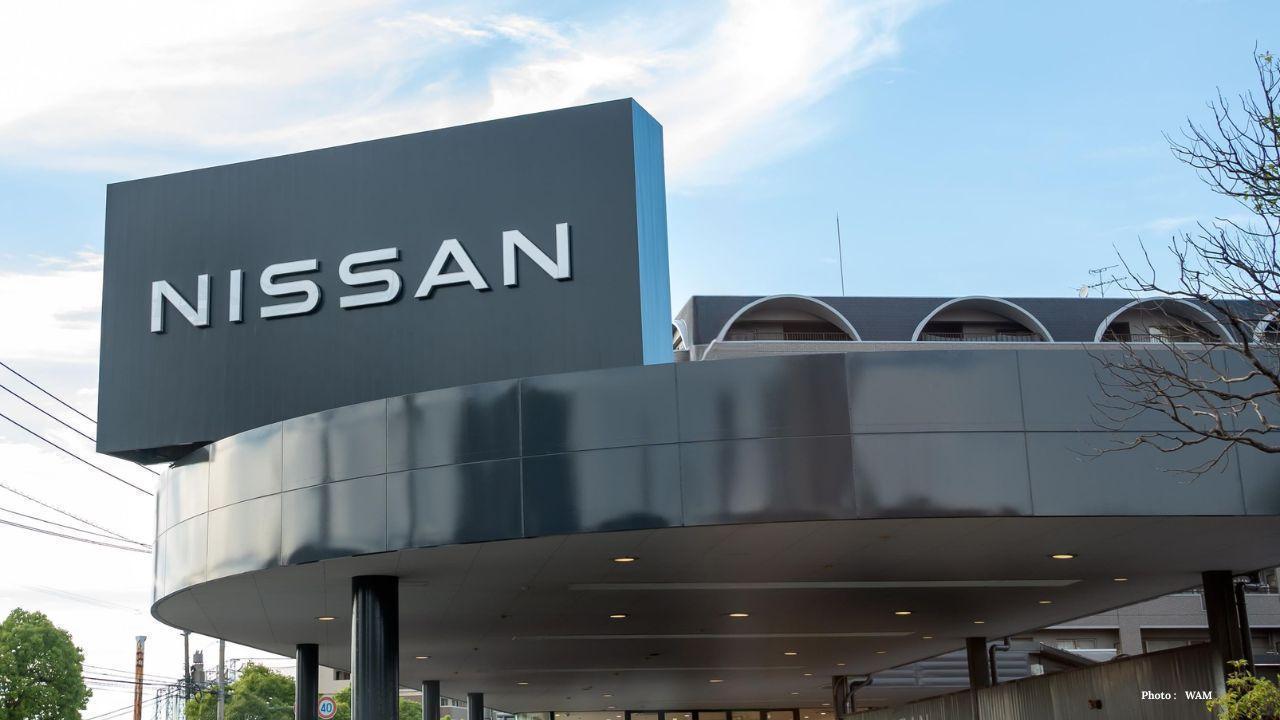
Nissan Develops Advanced Self-Driving Cars for City Streets by 2027
Nissan is testing smart self-driving cars that can handle city traffic, pedestrians, and red lights
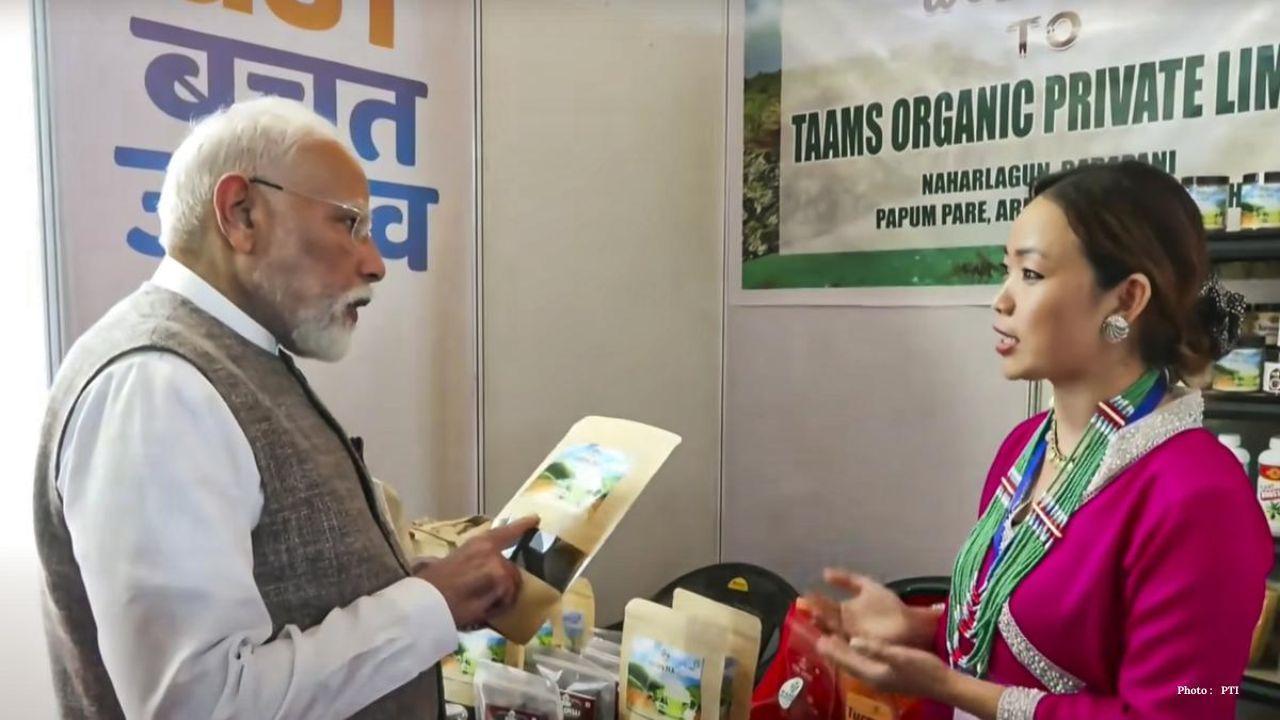
PM Modi Supports Local Entrepreneurs in Arunachal
PM Modi interacts with Arunachal entrepreneurs, reviews local products, and highlights GST reforms a
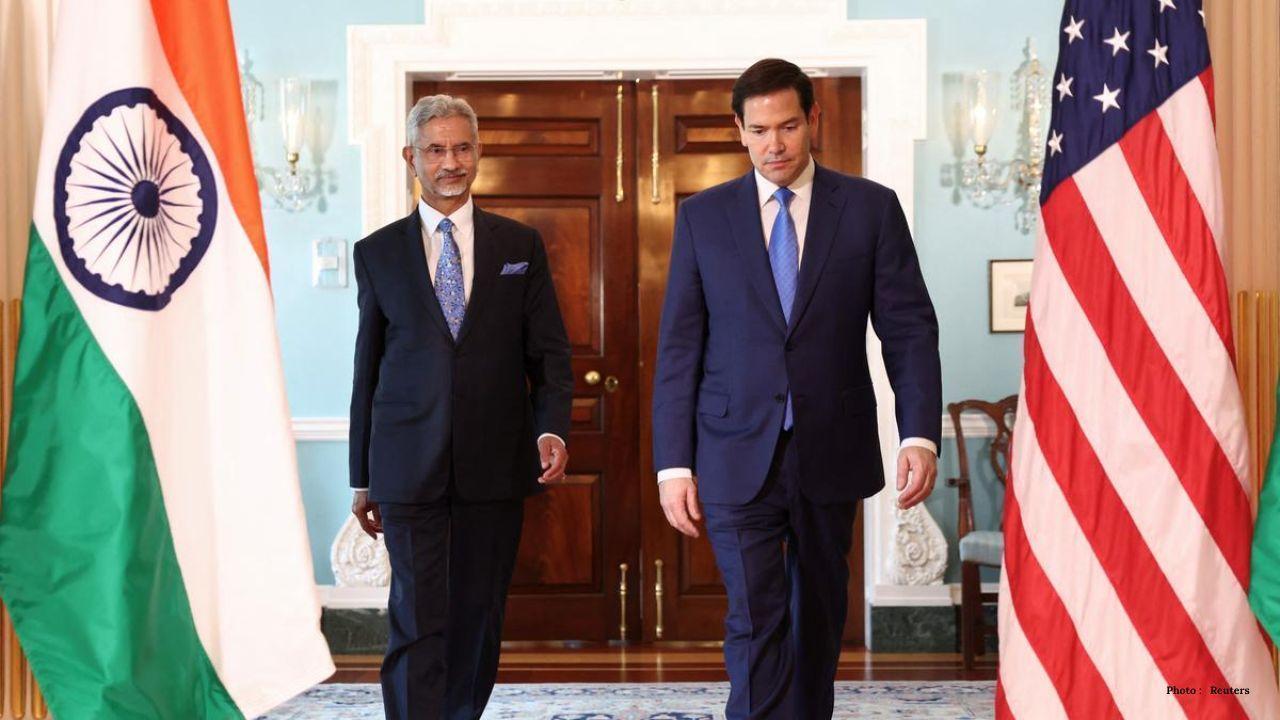
India-U.S. Talks Jaishankar to Meet Rubio During UNGA 2025
India’s External Affairs Minister Jaishankar will meet U.S. Secretary Rubio in New York to discuss t

Abu Dhabi Parks Transform Into Outdoor Learning Hubs
Abu Dhabi parks now serve as open-air classrooms, teaching students about nature, sustainability, an